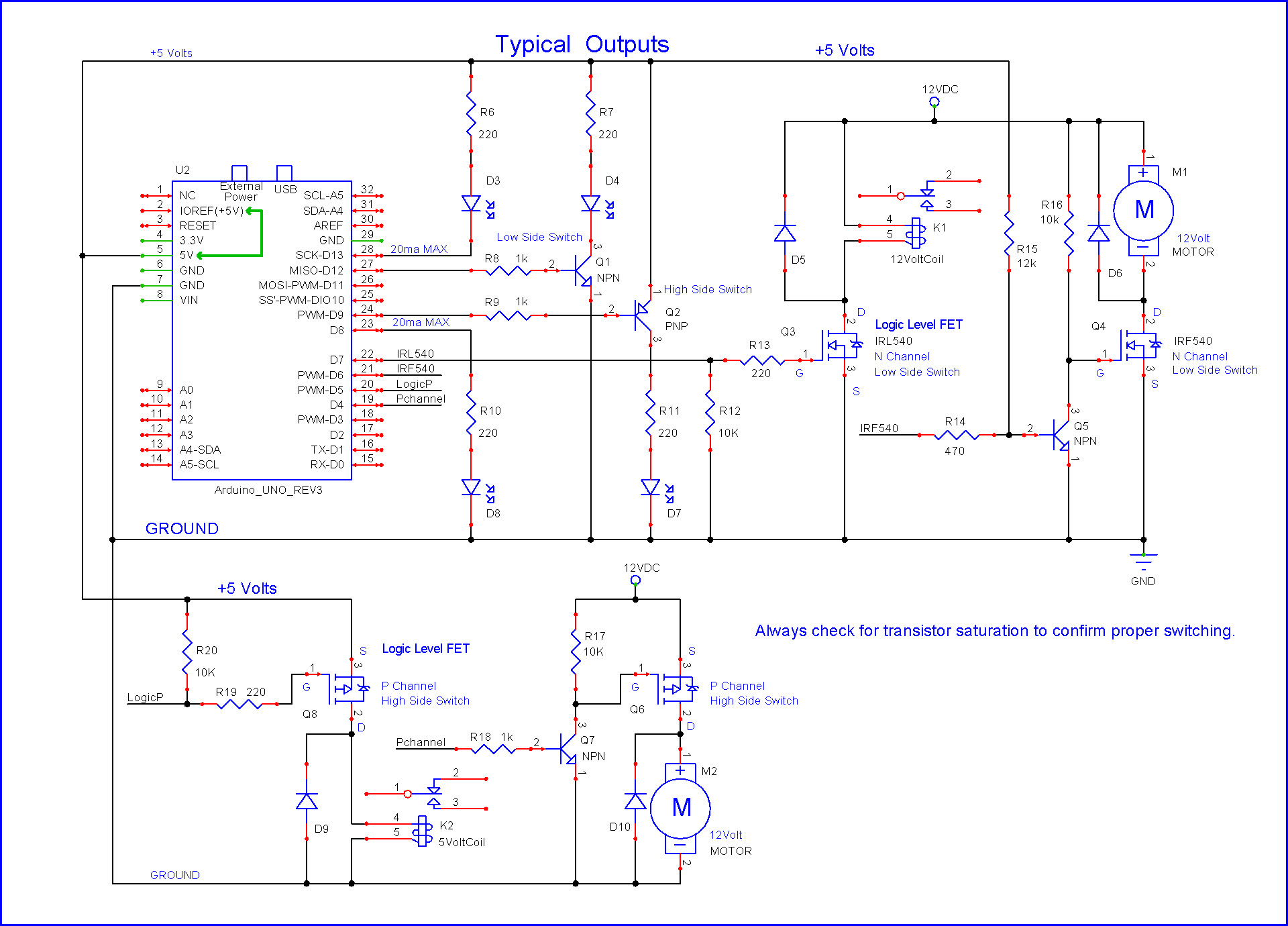I am working on a project that involves using an Arduino to control the brightness of an led. The LED takes in 12v to power, so I am using an external power source and connecting it to the ground via a MOSFET controlled by my Arduino Uno.
This issue: no matter what component I try to power, it "flashes" whenever the analog pin output is an intermediary value (i.e. not 0 or 255). Interestingly, the brick in my power source has an LED that will start to flash the same way.
I am confused why the lights work perfectly on full power but have this flashing issue when PWM techniques are used. I attached a diagram of my setup, so any help would be appreciated.
Thank you!
Also, here is the datasheet for the transistor: https://www.arduino.cc/documents/datasheets/MosfetTransistor.pdf
PS I come from an all software background, so I would appreciate hardware explanations in layman terms

